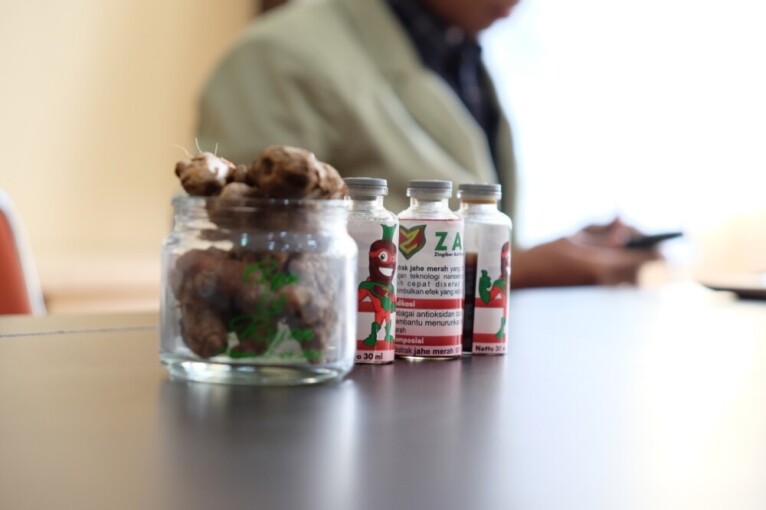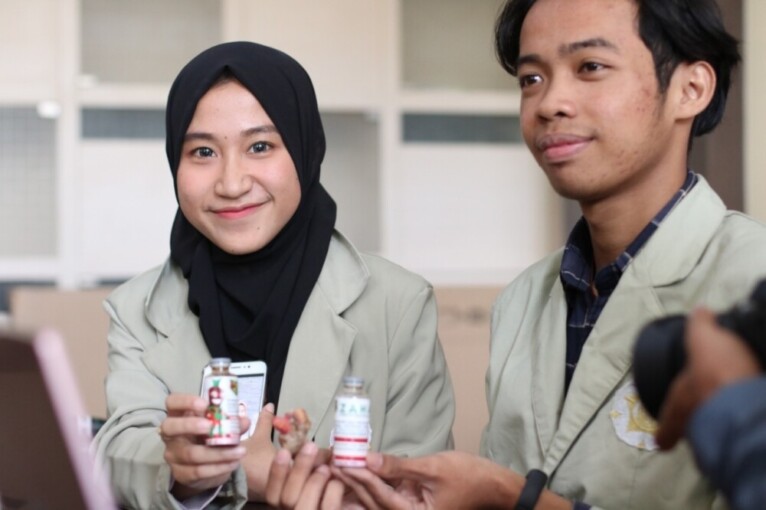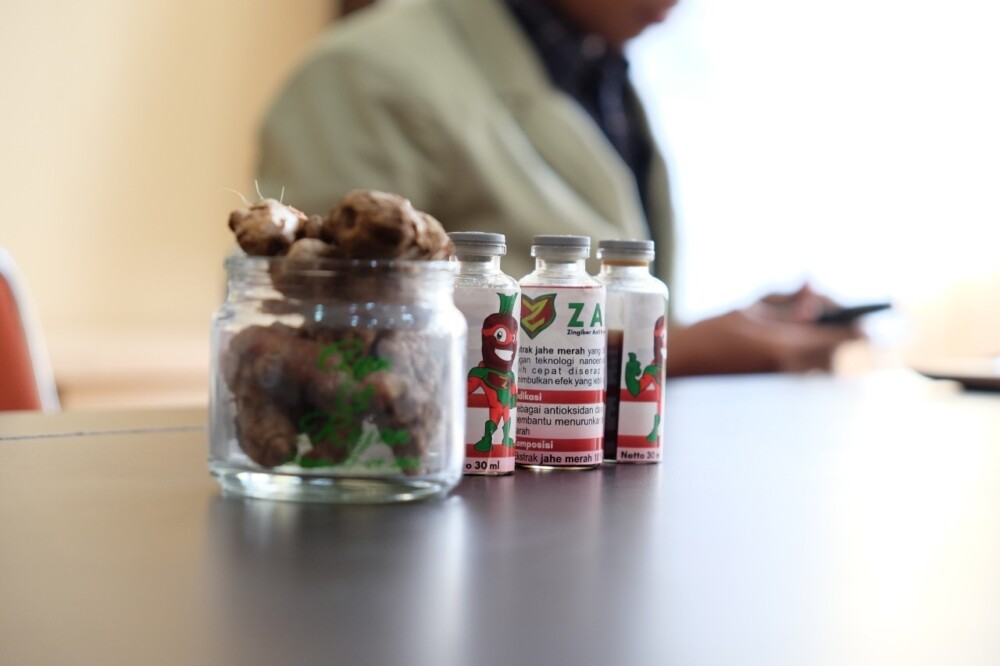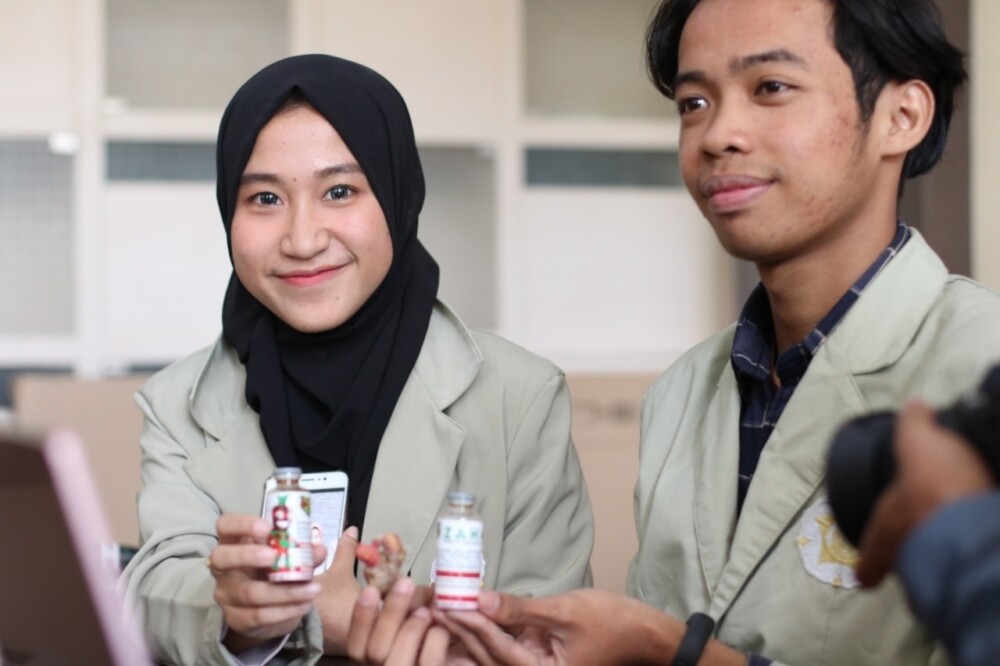UGM students made an innovation to resolve waste problems by separating the waste. The machine is called as Gemilpah.
Math and Natural Sciences students, Faiz Miftakhur Rozaqi, Ma’ruf Hasan, and Isfan Chairuman Nasution, were concerned by the low awareness of society in waste management.
“The idea started from the concerns that there were not many people separating the waste. Most of them dumped all kinds of waste into a landfill,” said Isfan on Tuesday (9/7) in a press conference at UGM’s Public Relations Office.
The waste that blends together will in fact cause negative impact such as disease transmission, reduction of soil fertility, pollution, etc.
Starting from this condition, the three students made a waste bin that can separate the waste according to its type automatically. The project was supervised by Drs. Iqmal Tahir, M.Si., in a Student Creativity Programme that was funded by the Higher Learning Ministry.
“Gemilpah is equipped with image processing that will help group the waste specifically,” said Isfan.
The image processing will work by separating the waste, identifying the types of the waste based on the images that have been collected by the computer. The image patterns will be interpreted into algorithms, then the tool instruct it to do the separation.
The prototype is of 60x60x50 cm size. There are three waste bins in one container that is used based on the waste type, which are bottles, glass, and cutlery. Faiz explained the tool works when the waste is thrown into the bin, the camera will instantly identify the type of the waste according to the image pattern. The machine will interpret it in the image processing and process it and give responses to open one of the waste bins.
“So, the computer will detect which type of the wastes it is whether a bottle, glass or cutlery. The Gemilpah machine will open according to the waste type,” he said.
Coating plastic underside is attached that will allow transportation to waste management processing. With this method, the waste can be shipped according to the destined processing area.
“The use of one container can save room, allowing the people to dump and separate the waste as well as maximising waste management process,” he concluded.





